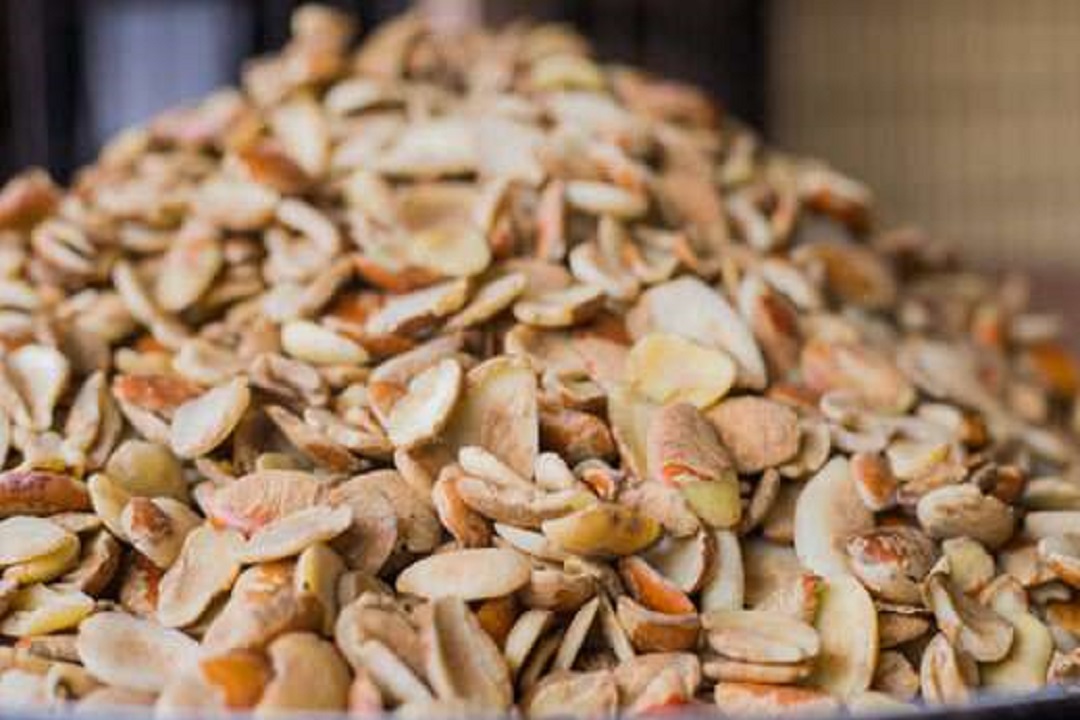Other Crops Farmers Community
Drying Methods on the Quality and Shelf-Life of Ogbono Seeds for Market Value
- This topic is empty.
- AuthorPosts
- April 9, 2025 at 4:57 pm #625177
 Agric4ProfitsKeymaster
Agric4ProfitsKeymaster
Ogbono seeds, derived from the wild mango (Irvingia gabonensis), are highly sought after in many African countries due to their culinary and medicinal uses. The seeds are primarily used in the preparation of soups and sauces and are also traded in local and international markets.
However, the shelf life and quality of ogbono seeds are highly influenced by the drying methods used. Proper drying is essential for preserving the seeds’ nutritional value, flavor, and marketability. This article examines various drying methods and their effects on the quality and shelf life of ogbono seeds, ultimately determining their market value.
1. The Importance of Proper Drying for Ogbono Seed Quality
Drying plays a vital role in preserving the quality of ogbono seeds by reducing moisture content, which can promote the growth of fungi and bacteria. High moisture levels in ogbono seeds can lead to spoilage, reducing their shelf life and marketability.
Drying also helps to maintain the seed’s texture, flavor, and nutritional content, which are critical for consumer acceptance. In addition, properly dried seeds are less prone to contamination during storage and transport, making them more appealing to both domestic and international buyers. Ensuring that drying is done correctly is essential for retaining the high quality that consumers expect from ogbono seeds.
2. Traditional Sun Drying: Benefits and Challenges
Sun drying is one of the most common and traditional methods used for drying ogbono seeds. This method involves spreading the seeds on a flat surface under direct sunlight for an extended period. While it is cost-effective and easy to implement, sun drying comes with some challenges.
One of the main disadvantages is the potential for uneven drying, as some seeds may be exposed to more sunlight than others. This can lead to inconsistent moisture content, which affects the overall quality and shelf life of the seeds.
Additionally, sun drying exposes the seeds to environmental contaminants, such as dust, insects, and pollutants, which can degrade the quality of the seeds. Furthermore, sun drying can take several days, during which time the seeds are vulnerable to weather changes like rain or high humidity, which can affect the drying process.
3. Artificial Drying Methods: Controlled Environment for Consistent Results
Artificial drying methods, such as using mechanical dryers, provide a controlled environment that ensures more consistent and efficient drying. Mechanical dryers, which use heat and air circulation to dry the seeds, can reduce drying time significantly compared to sun drying.
These methods also offer greater control over temperature and humidity, which helps to achieve uniform moisture content in the seeds, enhancing their quality. Additionally, artificial drying minimizes the risk of contamination from dust, insects, and environmental factors.
However, the initial investment in mechanical dryers may be high, and their use requires adequate energy sources. Despite the costs, artificial drying is often preferred for commercial production, as it ensures higher-quality ogbono seeds with extended shelf lives, making them more suitable for export and long-term storage.
4. Effects of Drying Time and Temperature on Ogbono Seed Quality
The drying time and temperature have significant impacts on the quality of ogbono seeds. If the seeds are dried too quickly or at too high a temperature, they may lose their flavor, color, and nutritional value.
High temperatures can cause the oils in the seeds to break down, leading to rancidity and a bitter taste. On the other hand, insufficient drying can leave the seeds with excess moisture, promoting fungal growth and reducing their shelf life.
Therefore, it is crucial to monitor the drying process carefully. For mechanical drying, the temperature should typically be kept between 40-50°C to ensure the seeds dry evenly without compromising their quality. This balance between time, temperature, and moisture content is essential for achieving high-quality ogbono seeds suitable for the market.
5. Post-Drying Handling and Storage for Extended Shelf Life
After drying, proper handling and storage are essential for maintaining the quality and extending the shelf life of ogbono seeds. The seeds should be stored in airtight containers or bags to protect them from moisture and contamination.
In addition, they should be kept in a cool, dry place to prevent the seeds from absorbing moisture from the air, which can lead to mold growth. Proper storage also helps to maintain the flavor and nutritional value of the seeds.
In commercial operations, it is important to regularly check the storage conditions and ensure that the seeds are not exposed to pests or high humidity, which can shorten their shelf life. By adopting effective post-drying handling and storage practices, farmers and traders can ensure that their ogbono seeds remain of high quality, increasing their market value.
Drying methods play a crucial role in determining the quality and shelf life of ogbono seeds, which ultimately affects their market value. Sun drying is a traditional, cost-effective method but may result in uneven drying and contamination risks. Artificial drying offers a more controlled environment, ensuring consistent quality but at a higher cost.
The drying time and temperature are key factors that influence the seeds’ final quality, and careful monitoring is required to avoid spoilage. Proper post-drying handling and storage further enhance the shelf life of ogbono seeds, making them more marketable.
By selecting the appropriate drying method and ensuring proper storage practices, farmers and traders can improve the marketability of ogbono seeds, thereby enhancing their profitability and sustainability in the market.
- AuthorPosts
- You must be logged in to reply to this topic.

